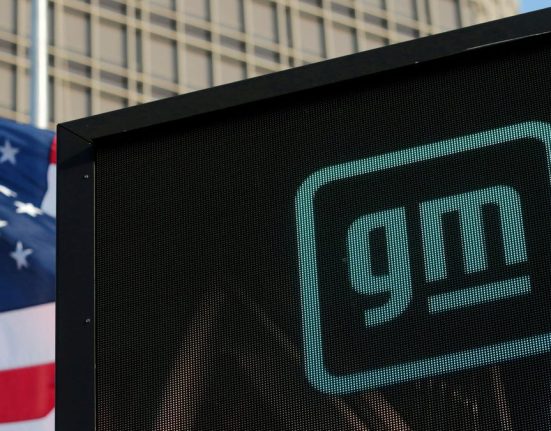This year more than 5 trillion digital ads will be shown globally.
It’s a staggering number and a testament to the desire of companies from ad giants like Coca-Cola to the smallest Amazon marketplace seller to embrace digital advertising’s promise of getting to the right customer with the right offer at the right time. For Banyan President Alpesh Chokshi, new efforts to connect payments to the volume of ads offer a sense of validation.
“It feels like the market is moving toward where we are,” as companies construct new businesses, aided by artificial intelligence, and ensure that at least a healthy percentage of those ads are relevant, he told PYMNTS CEO Karen Webster.
Looking back on his 25 years in financial services, Chokshi said: “Item-level, or SKU, data had been the holy grail” to help companies understand what was being bought by consumers as well as businesses.
Traditionally, banking offers tended to miss the mark and were hard to access and understand over mobile conduits, he said. But now consumers are becoming more comfortable with their data being used so long as they know that the information is being kept safe and private. At the same time, companies want to combine insights with their business models that make money from advertising because customers will appreciate and embrace relevant offers.
The conversation was part of the PYMNTS “Afterthoughts” series, where executives look back at a busy month’s worth of activities, announcements and meetings, offering insight into what customers want and where payments innovation will be headed over the next few months.

A Busy Month
Banyan, to be sure, has had a busy month, having announced partnerships with WEX and Walgreens to bring item-level receipt data capabilities to help them better engage and serve their customers. Granular, data-driven, customer-level insights are key to enabling new customer and commercial use cases, and solving pain points in financial services, promotions and advertising, Chokshi said.
Data — especially consumer-permissioned, receipt-level data — will have the power to change the way business is done, he said.
And there are some changes to be made.
All too often, firms feel locked into the way it’s always been done, where cash back rewards are 1% to 2% of every purchase, or ads are crafted with a one-size-fits-all approach.
Transforming Advertising
One of the key topics du jour, he said — and certainly of the month — has been the transformation of advertising, as financial services firms like J.P. Morgan Chase and PayPal have detailed the creation of ad networks that use data from user purchases.
“Creating these new lines of businesses and revenues — and a new way to serve customers — is a milestone,” he said.
Beyond creating those new revenue streams, driving offers to customers inside various ecosystems, with 400 million PayPal users and 80 million J.P. Morgan customers, means using data in the right way, he said.
“This is consumer-compliant and privacy-enabled,” said Chokshi, and management teams are comfortable in taking these steps.
With a nod to his own company’s efforts to provide receipt-level information, he said, “you can connect the payments with the person without actually knowing who the person is … as customers let advertisers target them in specific and unique ways wherever they may be,” whether engaging online or in brick-and-mortar settings.
Done well, targeted advertising means that fee-based revenue gets some more momentum, and there are no additional capital requirements tied to capturing these high-margin sales. It’s no surprise that Amazon has logged 24% growth in its advertising business as seen in the most recent quarter, and those sales are a meaningful contributor to the consolidated top line.
“It has to be underpinned by an economic model,” said Chokshi. “You’ve got to be able to attribute the sale back to the ad so the manufacturer or the advertiser says, ‘Yes, this is a high return on ad spend, and I want to do more of this.’ I think that’s what these models will allow.”
Beyond tech companies, the rest of the world has data and customers, and providers are putting it all together as they monetize their captive audiences, he said. Future innovations might take shape where companies tap into manufacturers’ budgets and create offers that steer consumers to certain types of brands or products (e.g., toothpaste or soap) — and get extra discounts.
“These offers break through the clutter zone,” said Chokshi. “Everyone wants to save money if it happens automatically.”
“The bridge has been crossed,” he said, and we’re going to see more partnerships, and all manner of firms will be looking at the fruits borne by the efforts of PayPal, Amazon and Chase.
As he told Webster, “we’re in the early stages of all this — and now people know it’s all possible outside the world of Big Tech.”







